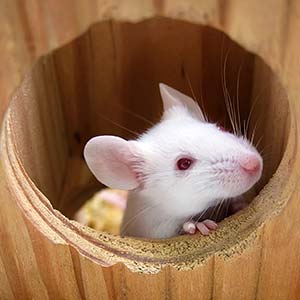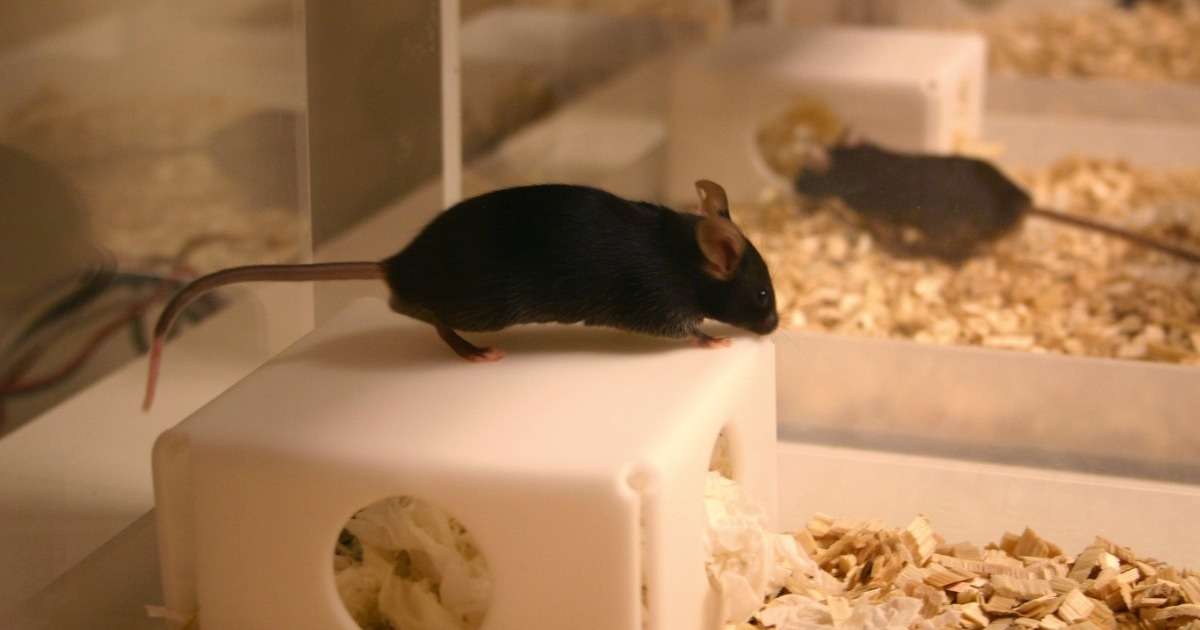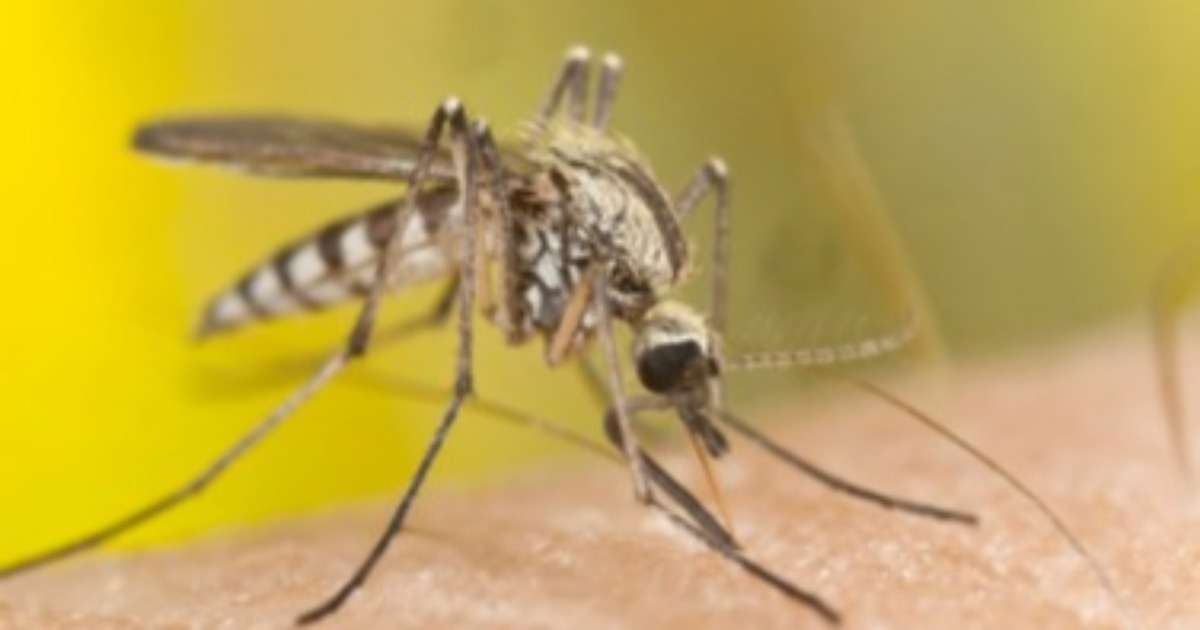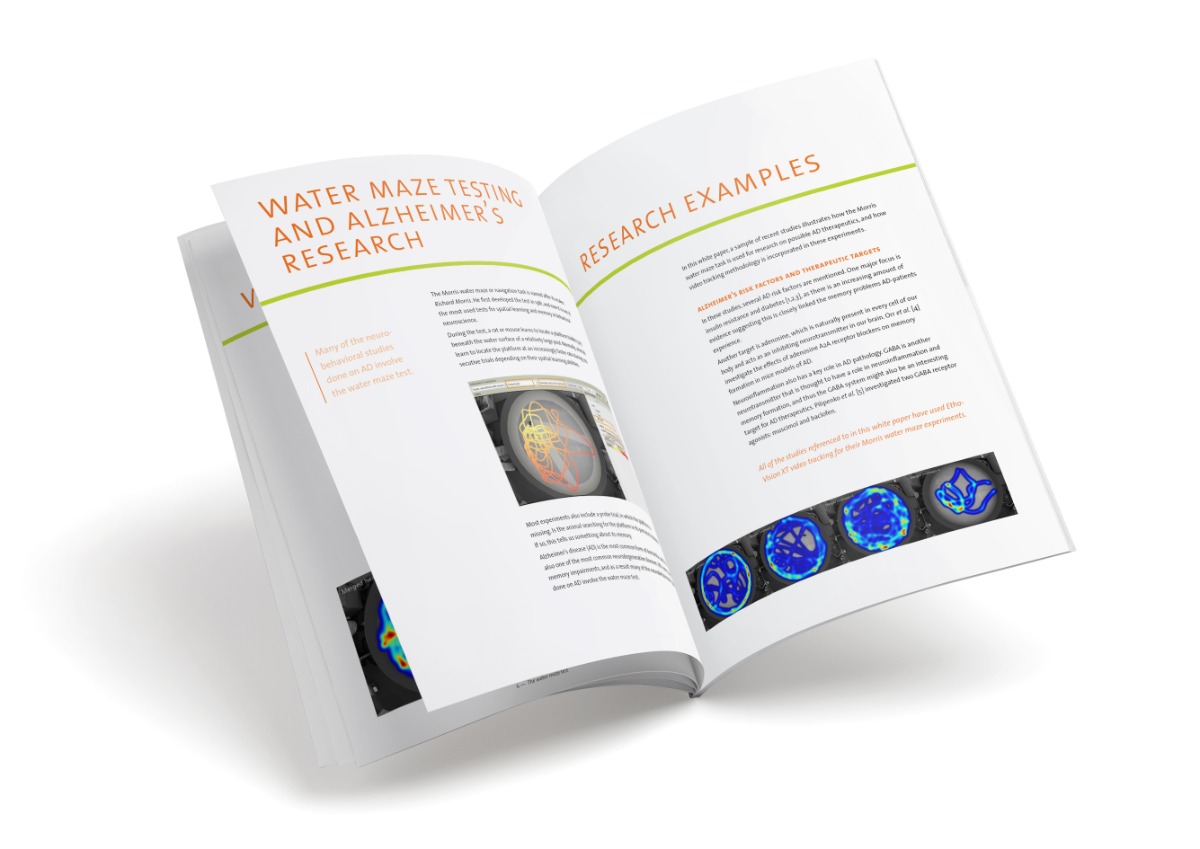
Measuring behavioral effects of laboratory rearing on starlings
Laboratory animals and behavioral research
Rearing animals specifically for behavioral research is a very common practice. However, the results from behavioral studies with laboratory animals should be interpreted with care. There is much evidence indicating that the behavior of laboratory animals differs from that of animals caught in the wild. Laboratory animals are likely to be tamer than wild animals, but they can also be impaired in some behaviors. Some mammals have impairments in learning and memory when reared in a laboratory. They can also develop abnormal behaviors, called stereotypies, such as route-tracing. Similar effects of rearing in laboratories can be found in some bird species.
Does laboratory rearing affect starlings?
Gesa Feenders and Melissa Bateson compared the behavior of wild-caught starlings with the behavior of starlings that were taken from nest boxes when they were approximately 10 days old and hand-reared. They hypothesized that the hand-reared birds would have less cognitive abilities than the wild-caught birds and would be more likely to develop the stereotypies of route-tracing and somersaulting. The researchers carried out a large number of different learning tests with both groups of birds.
Automating learning experiments
In the learning experiments, pecking an area that was indicated with a light cue was rewarded with food. The authors investigated the time the birds needed to learn to peck the light cue, the response to a novel color of the light cue, and the time until the animals changed their preference to the new cue. In addition, they studied the extinction of pecking when they stopped giving a food reward to the birds. The authors used EthoVision XT video tracking software to automate the learning experiments. To determine stereotypies, they used Theme, a program to analyze sequences of behaviors.

Hand-reared birds learn faster
The authors found no evidence at all that the hand-reared birds had less cognitive abilities than the wild-caught birds. On the contrary, the hand-reared birds learned to respond to the light cue faster than the wild-caught birds and also switched their preference to a novel cue faster. Also contrary to the hypothesis, only some wild-caught birds developed stereotypies. The results show that there are behavioral differences between the two groups, but these are completely opposite to the hypothesis that hand-rearing leads to behavioral deficits.
Are hand-reared birds less stressed?
It is possible that the hand-reared birds have better cognitive abilities than wild-caught ones. However, it is more likely that these starlings are less stressed by a novel stimulus. The authors performed additional experiments to investigate this and the results support this hypothesis (see [1]). The authors conclude that hand-reared birds experience less stress and therefore learn to peck the initial light cue and respond to a novel light cue faster. Also the fact that stereotypies only developed in wild-caught birds indicates that the hand-reared birds are less stressed. The authors conclude that hand-reared birds can be used in behavioral studies, since they found no evidence that laboratory rearing leads to behavioral impairments. However both groups of bird do differ in some behaviors, which makes further research necessary before this conclusion can be generalized.
Reference
Feenders, G.; Bateson, M. (2013). Hand rearing affects emotional responses but not basic cognitive performance in European starlings. Animal Behaviour, http://dx.doi.org/10.1016/j.anbehav.2013.05.002
Get the latest blog posts delivered to your inbox - every 15th of the month
more

Non-invasive home cage testing of epilepsy in mice
Epilepsy is more than seizures; behavioral changes that occur in between seizures are rarely assessed. A new home cage study from the Baylor College of Medicine aims to change this.
A new approach in the battle against malaria
Bed nets treated with insecticide (ITNs) greatly decrease malaria illness and mortality. ITNs can decrease infant mortality from all causes by more than 20%.

